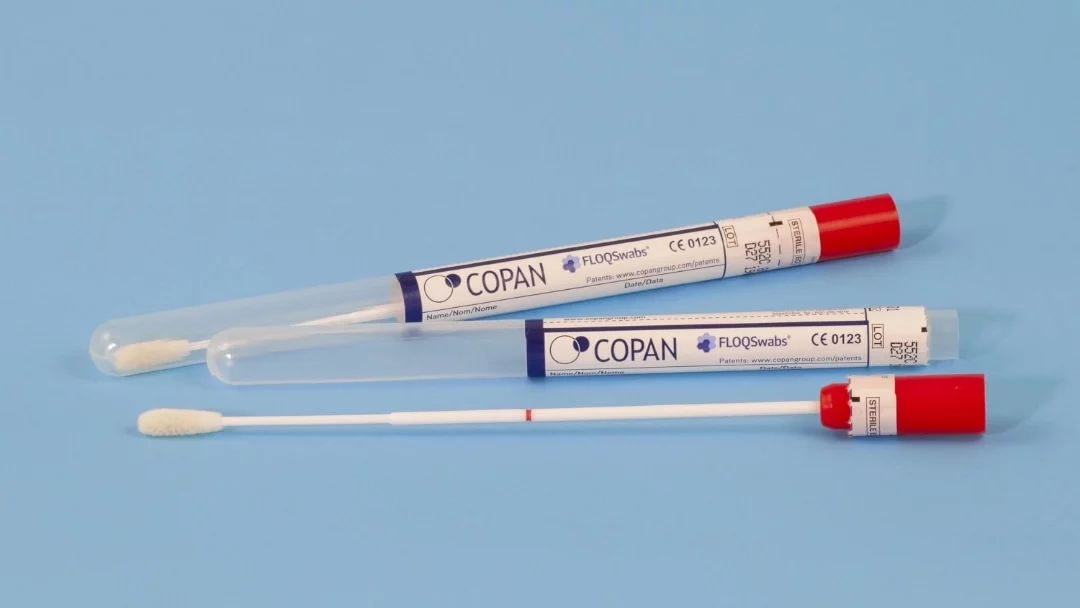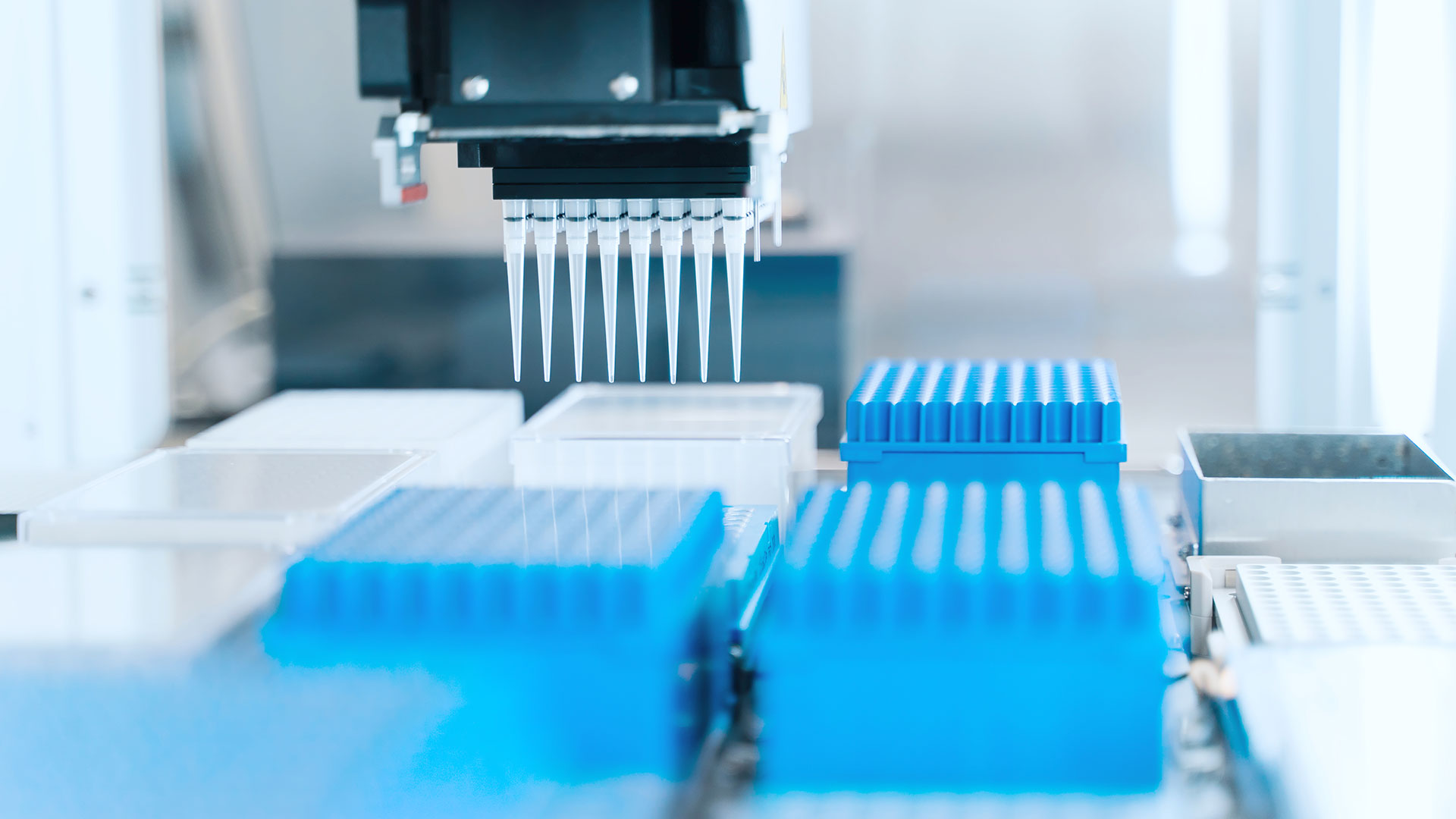1) What is lactose intolerance?
Lactose is a sugar composed of galactose and glucose and mainly found in dairy products such as milk.
Lactose intolerance is a common digestive issue where the body fails to produce enough of the lactase enzyme, which is required to break down lactose in the body.
Most mammals are born with the ability to digest lactose, because it is the sugar found in mammalian breast milk.
However, for people who are lactose intolerant, the body produces little to no lactase, meaning that the sugar remains intact and is fermented by bacteria in the colon.
This fermentation process causes unpleasant symptoms such as bloating, flatulence, nausea, vomiting or diarrhoea (sometimes followed by constipation).
There is no cure for lactose intolerance, but the symptoms can be managed by adhering to a lactose-free diet.
Below are the four types of lactose intolerance:
Primary lactose intolerance
This is the type of lactose intolerance that we test for
Primary lactose intolerance is caused by genetic factors and may also be influenced by environmental factors. It is hereditary, meaning that it can be passed down to children if they receive two copies of the recessive ‘lactase non-persistence’ alleles from their parents.
In western populations, only 5% of people are thought to be affected by primary lactose intolerance. In other populations, where the consumption of dairy is low (e.g. northern parts of China and some populations in Africa), primary lactose intolerance can be as high as 100%.
Secondary lactose intolerance
The most common type in the UK, secondary lactose intolerance occurs when there is illness or injury to the gut. People with gastrointestinal illnesses such as coeliac disease, IBS, IBD, ulcerative colitis etc. can experience secondary lactose intolerance.
Infection, chemotherapy, and certain antibiotics can also cause this type of lactose intolerance. It will often resolve itself but may be permanent in some people.
Developmental lactose intolerance
Often seen in premature babies born before 37 weeks, developmental lactose intolerance occurs when lactase is not yet being produced by the body. It usually resolves itself when the newborn becomes older, and lactase production has begun.
Congenital lactose intolerance
The most severe form of lactose intolerance. Babies born with congenital lactose intolerance produce no lactase at all, meaning that it is crucial the baby is diagnosed quickly, so that they can be fed the right foods to develop healthily.
2) What is the test for and why should I get tested?
Our Genetic Lactose Intolerance Test can be used to detect whether you are at risk of having primary lactose intolerance, a hereditary form of lactose intolerance that can be passed down to children if they receive two copies of the recessive ‘lactase non-persistence’ alleles from their parents.
As lactose intolerance can be inherited, you are at a higher risk of having the condition if you have a first-degree relative (children, parents, siblings) with primary lactose intolerance.
If you are experiencing symptoms that could indicate you have lactose intolerance (e.g. bloating, flatulence nausea, diarrhoea, stomach pains/cramps), a Genetic Lactose Intolerance Test can either confirm or rule out the possibility of primary lactose intolerance, so that you can seek the correct diagnosis.
Other benefits of taking this test include:
- Only a simple cheek swab required, with no blood draw
- If the test rules out primary lactose intolerance, you can ask your doctor to help you find a diagnosis more quickly
- A genetic test using a cheek swab can be performed whether you have removed lactose from your diet or not
Please note: this test is used to detect the gene mutations linked to primary lactose intolerance only and cannot be used to rule out other types of lactose intolerance such as secondary, congenital, and developmental lactose intolerance. This test should not be used on babies who you suspect may have congenital or developmental lactose intolerance, as this needs to be handled urgently by a medical professional.
3) How much does the test cost?
£129. All shipping is included. Kits are delivered to you Tracked 24. Return postage to the lab is included on the return envelope.
*Orders must be received by 2pm to guarantee delivery the next working day.
4) What are the symptoms of lactose intolerance?
The symptoms of lactose intolerance can vary from person to person, and usually develop within a few hours of consuming products that contain lactose.
Common symptoms include:
- Flatulence
- Bloating
- Stomach pain and cramping
- Stomach rumbling
- Nausea
- Vomiting
- Diarrhoea (sometimes followed by constipation)
If you are experiencing any of these symptoms, a Genetic Lactose Intolerance Test can help put your mind at rest by ruling out primary lactose intolerance, or enable you to seek a diagnosis, and remove lactose from your diet.
5) What samples are required?
Our Genetic Lactose Intolerance test is a non-invasive test that simply requires a swab to be rubbed quickly and painlessly on the inside of the mouth to collect cheek (buccal) cells.
Full instructions on how to collect your samples are included in your test kit.
Please follow the instructions to ensure samples are collected properly, as swabs with insufficient quantities of cheek cells cannot be processed.
You must not eat, drink or smoke immediately prior to collecting your samples.
6) Are blood samples required?
No, blood samples are not required for the Genetic Lactose Intolerance Test.
7) What can the results of the test tell me?
The results of the test will tell you whether you have the mutations in the MCM6 gene which are indicative of primary lactose intolerance or lactase non-persistence.
The MCM6 gene helps to regulate the gene that makes the lactase enzyme, which is needed to break down lactose, the sugar found in dairy products.
If certain variations are present within the MCM6 gene, this indicates that you have primary lactose intolerance.
If certain variations are absent within the MCM6 gene, then it is unlikely that you have primary lactose intolerance.
8) What does lactase persistence/lactase non-persistence mean?
Lactase persistence means that your body continues to produce the lactase enzyme, which is needed to break down lactose, the sugar found in milk and dairy products.
Lactase non-persistence means that your body does not continue to produce lactase in sufficient amounts to break down lactose.
Except for rare cases of congenital lactose intolerance – where a person does not produce lactase at all – all humans and most mammals are born with the ability to digest lactose, because it is the sugar found in mammalian breast milk.
Before humans developed the ability to digest lactose well into adulthood, it was normal to lose the ability to digest this sugar shortly after weening, the period where infants/toddlers phase out milk consumption and move on to solid food.
This is because there was no need for our bodies to continue producing this enzyme, as dairy was not something that was historically consumed after weening.
Some people with primary lactose intolerance produce very small amounts of lactase, explaining why some individuals with lactose intolerance can consume small amounts of dairy products.
However, the amount of lactase produced is not sufficient to manage larger quantities of lactose-containing products, leading to uncomfortable symptoms in people with primary lactose intolerance.
9) When will I receive my test results?
Once you have received your test kit, simply follow the instructions to collect your cheek (buccal) samples and post your samples back to the laboratory. Results will be emailed to you in 4-5 working days*.
*From receipt of your samples in the laboratory, before 10am.
10) How accurate are the test results?
The Genetic Lactose Intolerance Test is accurate and reliable, based on the quality of the samples we receive at the laboratory.
The lab is accredited to the international quality standard ISO 17025 for laboratory testing, using the very latest scientific methods for genetic/DNA testing, analysis, and reporting.
11) Are my test results private and confidential?
All laboratory testing is 100% private and confidential.
12) My test results show that I have the MCM6 gene variations linked to primary lactose intolerance. What should I do?
This test can tell you whether you have one or both mutated alleles in the MCM6 gene that are linked to primary lactose intolerance, but it cannot be used as a diagnosis.
If your test results show that you have the MCM6 gene variations, and you have symptoms that are causing you concern, or simply want further testing for your own peace of mind, we strongly recommend that you consult your GP for further advice, testing and diagnosis.
If you have children and/or siblings, it can be helpful for them to get tested as well, as primary lactose intolerance is hereditary.
My test results show that I do not have the MCM6 gene variations, but I still have symptoms. What should I do?
If variations associated with primary lactose intolerance are absent within the MCM6 gene, then you can rule out the possibility of primary lactose intolerance.
This is because, in people with primary lactose intolerance, changes can usually be seen at two specific locations of the MCM6 gene.
However, if you are still experiencing symptoms that are causing you concern, we strongly recommend that you consult your GP for further advice and guidance on next steps (treatment/diagnosis).
Even if you do not have primary lactose intolerance, this does not rule out the possibility of secondary lactose intolerance, which is more common in the UK, but cannot be detected using genetic testing.
13) What is the treatment for lactose intolerance?
There is no ‘cure’ for lactose intolerance, but symptoms can be managed by excluding lactose from the diet, taking medication to assist with lactose digestion, or consuming products that have had lactose removed or reduced.
Many people find that they can improve their quality of life by removing foods like milk, cheese, and yoghurt from their diet – all of which contain lactose.
However, lactose can also be found in very small quantities in other products such as supplements and medicines, so if you do have a lactose intolerance, it’s important to check labels to ensure that there is no lactose present.
If you are experiencing symptoms of lactose intolerance, discuss these with your doctor so that they can determine exactly what should be removed from your diet.
It’s also important that you find alternative sources of nutrients that are found in milk such as vitamin B12, riboflavin, calcium, zinc, and magnesium, to prevent any risk of micronutrient deficiencies.
14) Is lactose intolerance the same as a milk allergy?
No, lactose intolerance is not the same as a milk allergy.
A milk allergy is an allergy to one or more proteins found in milk, which triggers an autoimmune response. Milk allergies may be mild, moderate, or severe, depending on the individual. In some cases, it can lead to anaphylaxis.
Lactose intolerance is the body’s inability to break down the sugar lactose. It does not cause your body to have an autoimmune response when you consume lactose.
However, it is possible to have both lactose intolerance and a milk allergy at the same time.
If you are concerned that you may have a milk allergy, it is important to speak with your doctor.
15) What is included in the test kit?
Your Genetic Lactose Intolerance Test kit will include:
- Full instructions for registering your test online, how to collect your samples, and how to return the samples to our laboratory
- One DNA sample collection package containing two swabs
- DNA test sample envelope, for securing your samples
- A self-addressed envelope to send your test samples back to the laboratory






